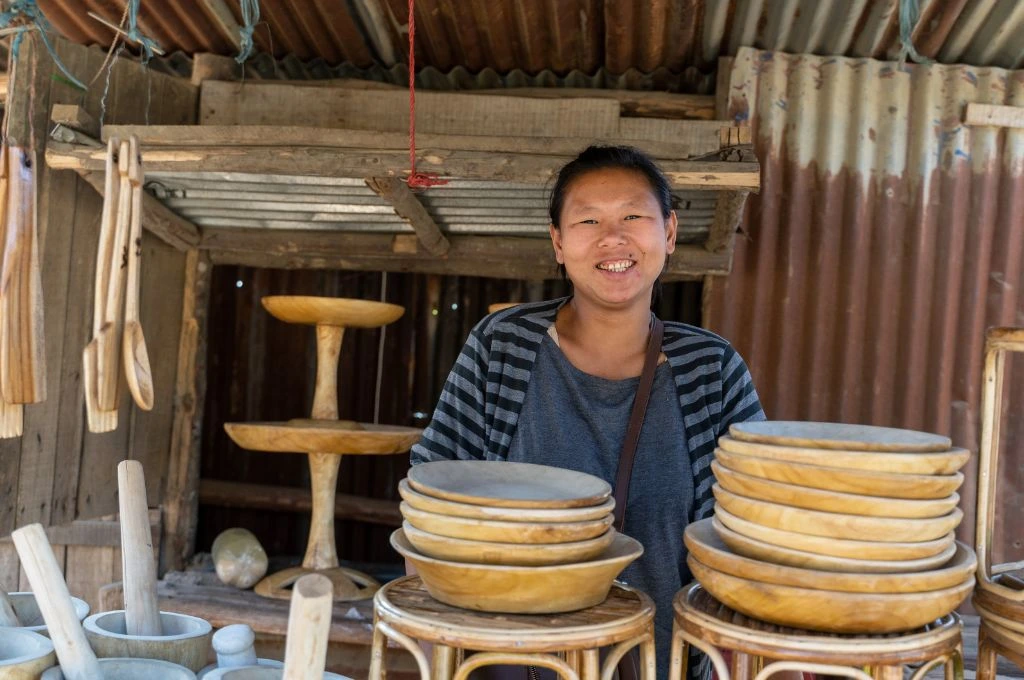Have we, as a sector, started favouring new-age technological and managerial solutions over old school civil society? And if yes, what are the costs of doing so? Amitabh Behar explores this question and its implications in this article.
“I believe that had we continued to invest in the old civil society in a bigger way, the right wing upsurge that the country is seeing today could have been challenged. There is a principle political contradiction between civil society and the ethos of any right wing force. And we have contributed to this shift where our ability to protect and nurture the biggest wins of the last two centuries–namely, freedoms, rights and human dignity–is far weaker, while we think in a bubble of ‘solving and fixing social problems’. People’s ability to think critically and ask these fundamental questions is shrinking.”
Most of us know the value of thorough, reliable, research and data. We talk about the necessity of making decisions based off it, and of using findings to improve programmes and last-mile delivery. But how often do we step back and think about why we are researching what we are, and who the research benefits? In this piece, Dr Abhay Bang shares an experience that made him question his research practices and shaped how SEARCH conducts and carries out research projects today.
“We were faced with a crisis following that experience: we had done so much work, earned recognition, but solved nobody’s problem. It made me ask myself: if people did not need the research, why did I do it? And I realised that I was actually gratifying my own intellectual curiosity. In hindsight, I have the courage to say that we practically used people as guinea pigs.
That’s when I realised that, unfortunately, researchers often do research not for the community, but for their own peers. If you are an educated person working in places like this, even as you work with the people, your target audience—knowingly or unknowingly—is still your peers. Subconsciously, you are thinking, “What will I publish? What will I present at the conference? What would other nonprofits or doctors like to hear?””
If you work in the development sector, chances are, people look at you as an example of someone who thinks about access to justice, rights, and inclusion. While that may be true of the work that you do in the field, how often do you apply the same lens to the organisation you work at? As a sector, we are good at working for marginalised communities, but notoriously bad at ensuring that people from those communities are represented within our organisations and leadership teams. In this article, Benson Neethipudi talks about why development organisations must revisit traditional approaches to talent and inclusion.
“’Culture fit’ has risen to the top of the criterion list for hiring/not hiring a candidate in the development sector and elsewhere. But in the myriad intangibles that recruiters look for, culture fit has turned into a subconscious bias to exclude candidates who do not look or speak or have similar life experiences as the majority in an office. And this definition of culture fit disproportionately affects Dalits, Bahujans, Adivasis and other minority groups.”
When we design interventions, how do we define our role vis-à-vis the communities we serve? Should our notion of impact be related to what we achieve for them, or should it be around what they achieve for themselves?
It is not that marginalised communities are lazy; they want to act but might not know how to alone. They gather courage by coming together, because collective risk enables them to take on the system. Sujata Khandekar shares her experience at CORO with building grassroots leadership, and helping facilitate the efforts of people so they may create change for themselves.
“CORO merely instilled in them a sense of hope and helped facilitate their efforts. Doing so revealed for us the crux of building ownership of the social change process. The initiative for change has to come from ‘within’–within a person, and within the community. And the mental shift from being a victim to being a changemaker is crucial in the social change process. Enhancing inner strength of a person or a community is more important than external or material supports.”

A lesson in how both feminism and patriarchy manifest at the community level; how they have remained constant fixtures across time, but simply take different forms; and how social hierarchies and systems are closely inter-linked. So much so that one cannot work on caste, class, or any others issues relating to poverty, without working on gender. In an IDR Interview, Kamla Bhasin, renowned feminist development activist, distils 50 years of experience from being at the forefront of India’s grassroots feminist movement.
“Feminism, like water, is fluid. Feminists have been around forever. The first feminist was probably born the day patriarchy was born.
Because feminism is a challenge to patriarchy, it is always different, because patriarchy is not the same everywhere and also women have different experiences and perspectives.. Because it is not a theory we are implementing, but a reality we are challenging, it is always local.”
There can be a different way to fund nonprofits, one that is grounded in trust and invests in people, not projects. This is contrary to the approach we tend to see around us, which is characterised by close monitoring, heaps of paperwork, and a transactional dynamic. In this article, Nimesh Sumati talks about his philosophy of giving, which is based on forming an equitable relationship with nonprofit partners.
“We don’t believe in signing MoUs because MoUs don’t protect you from anything. If they are violated, what can you really do? Instead, it makes more sense to spend time with the organisation, see the strength and potential of the staff, the quality of work, the region and circumstances the nonprofit works in.”
Our sector has a fascination with scale, and yet our general understanding of what it means can be quite limited. At a time when the social sector is evolving rapidly, and more and more citizens are seeking to co-create change, civil society must re-think its strategies for scale. In this article, Ingrid Srinath unpacks the idea of scale, advocating a new way to think about our approaches to scaling.
“Scale is not intrinsically good or bad, and the blind pursuit of it can do as much harm as good, as we’ve learned from banks, social media, and any number of other private sector experiences. Growing gargantuan organisations is not the only path to scale. Technology and networks present unprecedented opportunities for scale that we would be remiss to ignore, even as converging global crises demand collaboration at unprecedented scale. Let’s be both, more ambitious and more thoughtful in our approaches to scale.”
There needs to be greater candour between social entrepreneurs and the philanthropic community. This becomes especially crucial when it comes to failure, a topic our sector summarily ignores because of the pervading negative perception around it. In this hard-hitting piece, Rohini Nilekani talks about why talking about failure openly matters, and how philanthropy can do more to encourage this.
“Funding is so closely tied to the vision of success that social organisations are forced to find ways to claim success, not necessarily for societal outcomes but for continuity of funding. There is also competitive pressure between organisations to show the greatest return on philanthropic capital so talking openly about failure isn’t often possible… As philanthropists, we need to create spaces for organisations to share their failures without a negative impact on funding, and on society as a whole.”
You would think that when it comes to having women in leadership positions, the development sector fares better than corporates. And you would be wrong. In this piece, Tara Rao sheds light on the multiple barriers (both structural and at an organisation level) that women in development face when they try to access leadership roles.
“If it’s not the nonprofit world that can show the way, I can’t imagine which sector can. Gender empowerment has been championed in the context of overall development for decades, however, women professionals in the development sector mirror the challenges faced by women working in male-dominated fields.”
Think about development work as you know it–who is benefiting from it, who is being left out, and who is it actively harming? This IDR interview with Xavier Dias–where he talks about what ‘development’ means, what the process of learning and unlearning as an activist looks like, and what the future holds for Adivasi peoples–is a must read for anybody who works in, or is interested in the development sector.
“The development that people talk about—our middle and urban classes don’t understand what it really means. For them it’s about ‘the Adivasis are sitting on iron ore, coal, uranium. Why can’t they sell their land—it’s a win-win situation.’ Till now, nobody has become a millionaire by selling their agricultural land or mining on their land.
Imagine that you live in Malviya Nagar, New Delhi. And the government finds gold beneath your land. They will requisition your home and land and give you compensation. You can go to another part of the city and buy a house there. That is called relocation. But what if they gave you a wooden plank, with some Bisleri water, a bundle of money notes and leave you in the middle of the Arabian Sea. That is what displacement looks like for the Adivasi peoples.”





